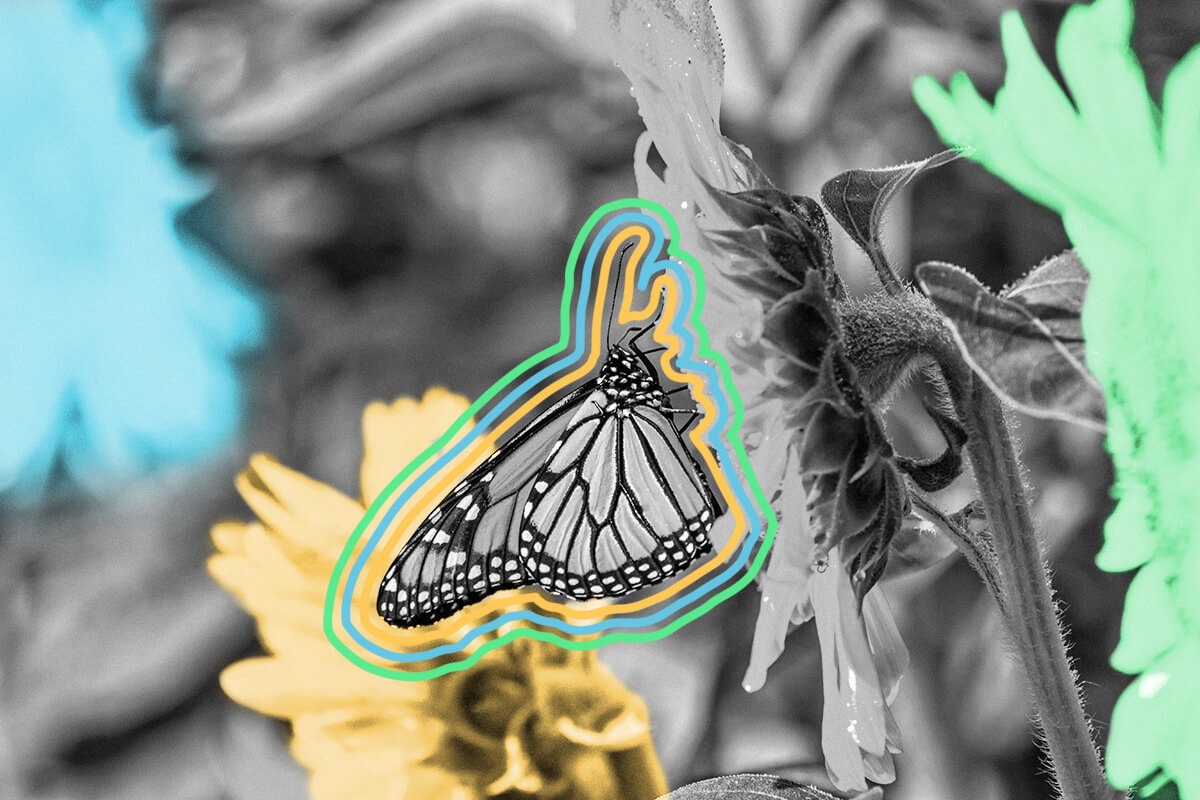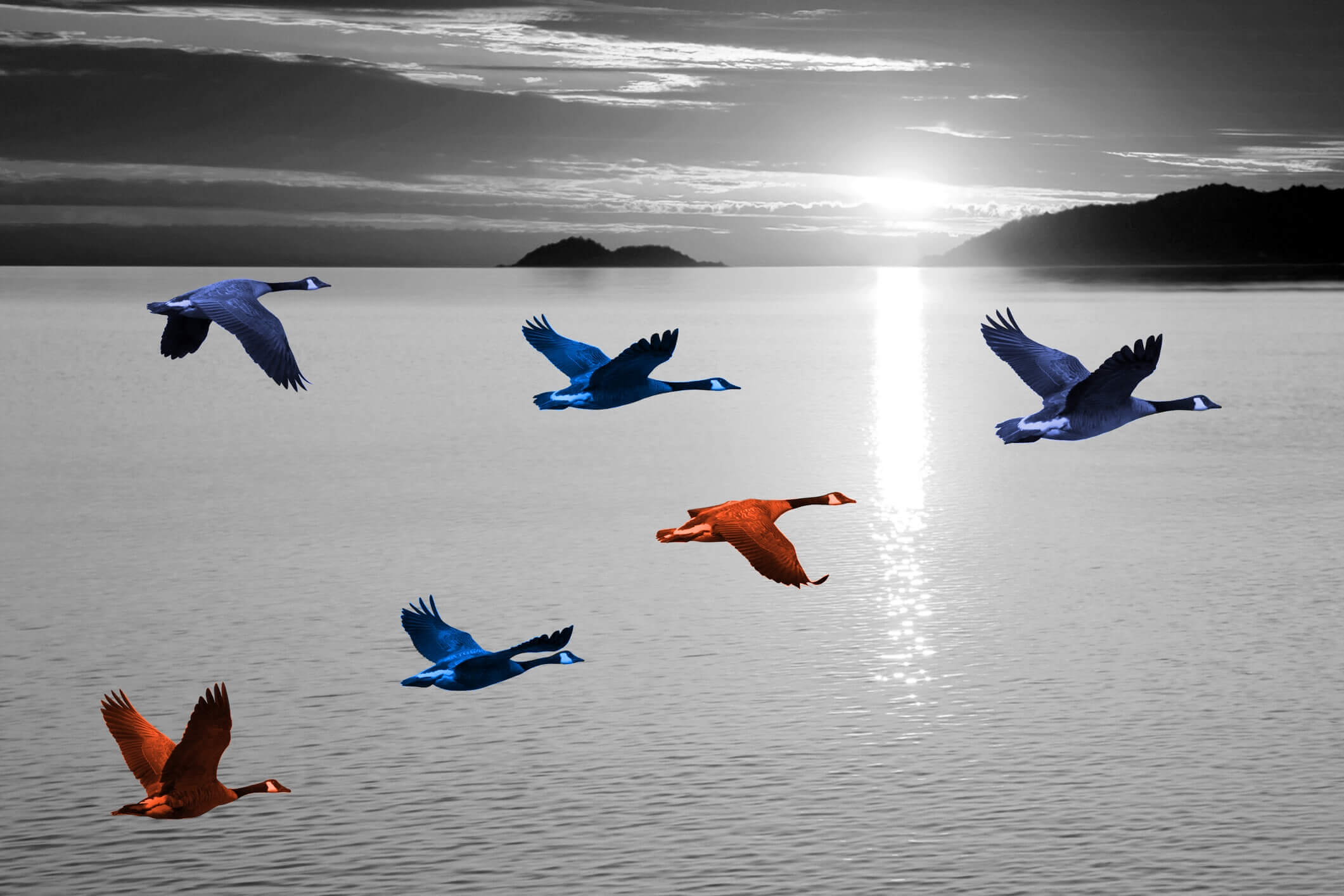
Some monarch butterflies migrate 3,000 miles.
No animal on Earth travels quite like the eastern monarch butterfly. Its journey begins in the early days of spring on a few mountains in central Mexico. Millions of the monarchs (Danaus plexippus plexippus) fill the branches of oyamel firs, and as the temperature warms up, they soak in the sun and begin their epic journey northward — a 3,000-mile trip that looks more like a bird’s migration than an insect’s.
But it’s not only the miles that make the butterfly’s journey so remarkable — it’s also the means. A typical monarch butterfly lives for only about four weeks, not nearly long enough to complete the journey to the northern U.S. and Canada. So the migration becomes a multi-generational one. In a typical year, it will take four generations for monarch butterflies to finish the seasonal quest their great-grandparents started. To return south in the fall, a “super generation” — also known as the Methuselah generation (after the long-lived biblical patriarch) because it can live eight times longer than its ancestors — will travel 50 miles a day by riding thermal currents southward before finally resting in the same oyamel firs in central Mexico. All hail the monarch!
Despite the monarch butterfly’s amazing resiliency, life isn’t easy for the four-inch fluttering creature. Over the past 20 years, the number of eastern monarchs spending the winter in central Mexico has declined 80%, due to habitat loss, pesticides, and climate change. To combat this decline, researchers are planting saplings of the oyamel fir — the tree preferred by the butterflies while overwintering — some 1,300 feet higher than the current range in the Monarch Butterfly Biosphere Reserve in Michoacán, Mexico. The process is known as “assisted migration” or “assisted colonization,” and the hope is that cooler temperatures at higher elevations will help the trees survive a warming climate and secure a safe place for monarchs to hibernate and prosper.

